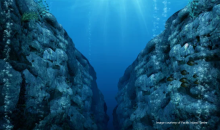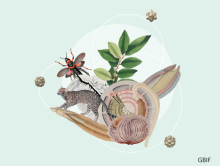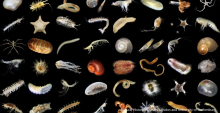
The Obama Administration’s Plan to Fight Ocean Noise Pollution
The world’s marine animals are up against some big challenges, including everything from climate change and ocean acidification to pollution and overfishing. And in the past several decades, conservationists have grown increasingly concerned about another threat, one that’s both pervasive and invisible in the water: the danger of sound.
Scientists and activists alike have pointed to a growing body of research suggesting that many marine animals rely on sound for communication, navigation and awareness of their surroundings — and that the noises generated by human activities, such as shipping, industrial work and military exercises, may be more disruptive to their natural habitats than we ever thought.
Now, the National Oceanic and Atmospheric Administration (NOAA) is helping to address these concerns with a new “strategy roadmap” — the first of its kind — for researching and managing ocean noise and its impact on marine life. The agency released the strategy in draft form last week and will leave it open for public comments through July.
Ocean noise can affect marine animals in a variety of ways — some of which scientists are only beginning to understand. Research has suggested, for instance, that noise from ships can decrease the ability of endangered right whales to communicate with one another, or that noise from seismic surveying can change the behavior of blue whales.
Much of the public concern has, in fact, centered on marine mammals, such as whales and dolphins. But NOAA marine ecologist Leila Hatch added that scientists now believe a wide variety of organisms may be affected by ocean noise, including shrimp, crabs, sea urchins and other invertebrates. But there’s still much that is poorly understood.
“It’s been taking a lot of investment by NOAA and by other federal agencies and by all of our academic partners to understand how animals should respond in very short timeframes to marine sound,” Hatch said. But the challenge, she said, is “understanding how animals are coping with the addition of sound over very large spatial scales — how are they coping with the addition of this type of stressor to an environment that has other things going on?”









